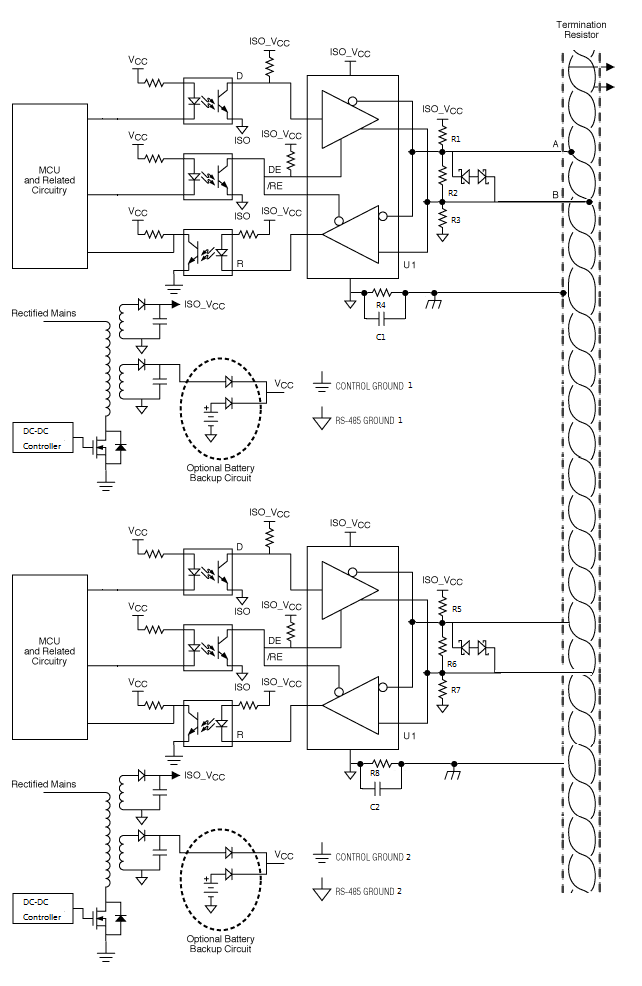Other Parts Discussed in Thread: PROFIBUS,
Hi All,
I have a questions for bias resistors and termination resistors calcultions.
The Profibus cable Impedance is 150R (type: 6XV1830-0EH10 ) and power is 5Vdc isolation. As learn datasheet's SN65HVD1176, I noted bias resistor is 390R and termination resistor is 220R. Can I have more details for bias resistor and termination resistors values come from?



